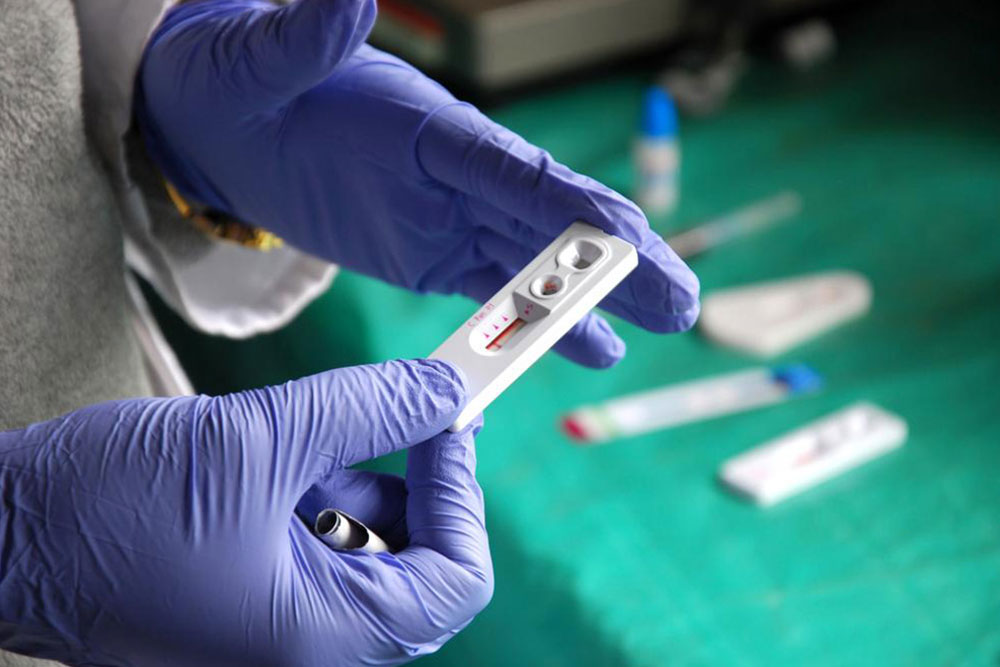Comprehensive Guide to Recognizing Symptoms and Stages of Prostate Cancer
Prostate cancer is a common disease affecting men, with stages ranging from confined tumors to metastatic disease. Recognizing early symptoms like frequent urination and blood in urine, along with understanding the four stages of progression, is crucial for timely diagnosis. Treatment options vary from active surveillance and minimally invasive surgery in early stages to hormone therapy and chemotherapy for advanced cases. Regular screenings and awareness are key to effective management and improved survival rates, emphasizing the importance of proactive health checks for men over 50 or those at risk.

Understanding the Signs and Progression of Prostate Cancer
Prostate cancer is one of the most common cancers affecting men worldwide, especially in the United States. Located just below the bladder and in front of the rectum, the prostate gland plays a vital role in semen production and regulating urinary functions. When cancer develops in this gland, it can remain localized for years or spread to adjacent organs such as the bladder or bones. Recognizing the symptoms early and understanding the different stages of prostate cancer are crucial for effective management and improved survival rates.
Prostate cancer progresses through clearly defined stages, each requiring specific treatment strategies based on tumor size, location, and spread. Early detection significantly enhances the chances of successful treatment, so awareness of the disease's signs and stages is essential for men of all ages, especially those at higher risk.
Understanding Prostate Cancer Stages
Stage I
In its initial phase, prostate tumors are microscopic and undetectable via routine examinations. At this stage, the cancer is confined within the prostate gland, often discovered incidentally through biopsy or advanced imaging. The prognosis at Stage I is excellent, with an approximately 80% detection rate at diagnosis and nearly 100% five-year survival rates.
Stage II
At this stage, the cancer begins to grow but still remains within the confines of the prostate. It is typically not palpable during physical examination and may not be visible on standard imaging. The disease has not yet penetrated surrounding tissues or metastasized, offering localized treatment options and favorable survival prospects.
Stage III
The malignancy extends beyond the prostate capsule to involve nearby seminal vesicles. While the cancer is more advanced, survival rates remain high, with close to 100% five-year survival if managed properly. Treatment often involves surgery, radiation, or combination therapies aimed at removing or destroying cancerous tissue.
Stage IV
This is the most advanced form of prostate cancer, characterized by metastasis to distant organs such as bones, lymph nodes, liver, or lungs. The prognosis becomes more guarded, with five-year survival rates dropping to around 29%. Management focuses on controlling symptoms, prolonging life, and maintaining quality of life through systemic therapies.
Recognizing Symptoms of Prostate Cancer
Early-stage prostate cancer often presents no noticeable symptoms, which underscores the importance of regular screenings for at-risk populations. As the disease advances, symptoms become more evident and can significantly affect quality of life. Typical early warning signs include:
Increased frequency of urination, especially at night
Blood in urine or semen
Difficulty initiating or stopping urination
Pain or discomfort during urination or ejaculation
Erectile dysfunction
In later stages, symptoms usually indicate metastasis and include:
Bone pain or fractures
Incontinence, leading to urinary or fecal leakage
Weakness or numbness in the legs
Unexplained weight loss or fatigue
Effective Treatment Options for Prostate Cancer
Treatment strategies vary based on the cancer stage, patient health, and individual preferences. Early detection typically allows for less invasive interventions with high success rates, whereas advanced stages require more aggressive systemic therapies. Personalized treatment plans maximize outcomes and improve life expectancy.
Early-stage Prostate Cancer Management
Monitoring or Active Surveillance: Regular PSA (Prostate-Specific Antigen) blood tests and biopsies help monitor tumor progression without immediate treatment, suitable for low-risk cases.
Surgical Options: Radical prostatectomy, often performed via minimally invasive robotic-assisted surgery, aims to remove the entire prostate gland. Recovery times are shorter, and complications are minimized with modern techniques.
Brachytherapy: This involves implanting radioactive seeds directly into the prostate, delivering localized radiation that minimizes damage to surrounding tissues.
External Beam Radiation Therapy: Conformal radiation techniques precisely target cancer tissues, sparing adjacent healthy organs. Advanced modalities like Intensity-Modulated Radiation Therapy (IMRT) improve efficacy and reduce side effects.
Advanced and Metastatic Prostate Cancer Treatments
Hormone Therapy: Long-term androgen deprivation therapy (ADT) reduces testosterone levels, which fuels prostate cancer growth.
Chemotherapy: Systemic chemotherapy drugs target and kill rapidly dividing cancer cells, used when hormone therapy is ineffective or for advanced disease.
Targeted Therapies: New treatments focus on molecular targets specific to prostate cancer cells, improving outcomes and reducing side effects.
These therapies are often combined or tailored to the patient's health status and disease extent. Participation in clinical trials offers access to cutting-edge treatments and research advancements.In conclusion, understanding the symptoms and stages of prostate cancer is vital for early diagnosis and effective management. Regular screenings, awareness of warning signs, and personalized treatment plans contribute significantly to improving prognosis and quality of life for affected men.





